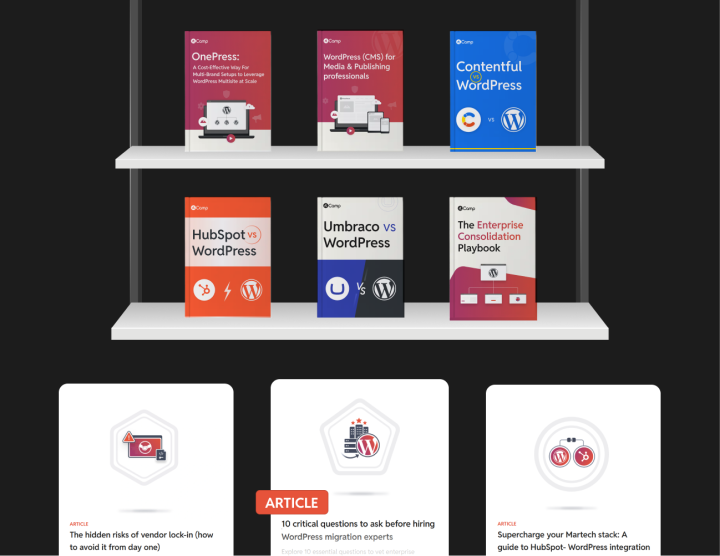Choosing the right backend for your enterprise
Backend capabilities play a critical role in shaping a content management system’s usability, scalability, and business impact. Both Sanity and WordPress offer robust solutions, but their approaches serve different operational and strategic needs.
Sanity emphasizes flexibility with its API-first architecture and granular controls, making it suitable for businesses with developer-heavy teams and specific needs for omnichannel content delivery. However, this flexibility often comes at the cost of complexity, requiring significant technical expertise to set up and maintain. Its reliance on custom configurations and proprietary Content Lake can pose challenges for businesses that prioritize ease of use and long-term adaptability.
In contrast, WordPress offers a balanced backend ecosystem that caters to diverse business sizes and technical proficiencies. Its combination of built-in features, like REST API and role management, with an unmatched plugin ecosystem allows businesses to extend functionality without heavy reliance on custom development. Whether it’s managing relational data, implementing automation with webhooks, or enhancing security with plugins, WordPress provides a straightforward path to achieving robust backend capabilities.
Why WordPress often fits your needs better
- Ease of Implementation: Predefined roles, plugins, and extensive documentation reduce time-to-deployment and lower operational costs.
- Scalability Without Complexity: WordPress’ flexibility enables businesses to grow without being locked into complex or proprietary systems.
- Community Support: With a global user base, finding solutions, talent, or integrations is more accessible and cost-effective compared to newer platforms.
WordPress delivers a backend framework that is both versatile and sustainable, meeting immediate needs while accommodating future growth for you.







